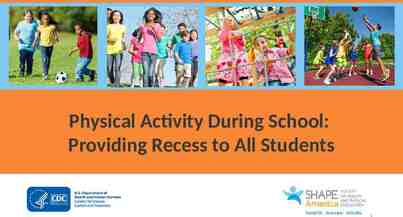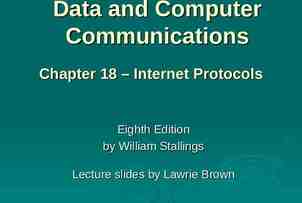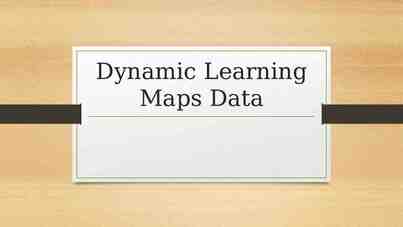CSE 446 Machine Learning Instructor: Pedro Domingos
17 Slides170.50 KB

CSE 446 Machine Learning Instructor: Pedro Domingos

Logistics Instructor: Pedro Domingos – Email: pedrod@cs – Office: CSE 648 – Office hours: Wednesdays 2:30-3:20 TA: Hoifung Poon – Email: hoifung@cs – Office: 318 – Office hours: Mondays 1:30-2:20 Web: www.cs.washington.edu/446 Mailing list: cse446@cs

Evaluation Four homeworks (15% each) – Handed out on weeks 1, 3, 5 and 7 – Due two weeks later – Some programming, some exercises Final (40%)

Source Materials R. Duda, P. Hart & D. Stork, Pattern Classification (2nd ed.), Wiley (Required) T. Mitchell, Machine Learning, McGraw-Hill (Recommended) Papers

A Few Quotes “A breakthrough in machine learning would be worth ten Microsofts” (Bill Gates, Chairman, Microsoft) “Machine learning is the next Internet” (Tony Tether, Director, DARPA) Machine learning is the hot new thing” (John Hennessy, President, Stanford) “Web rankings today are mostly a matter of machine learning” (Prabhakar Raghavan, Dir. Research, Yahoo) “Machine learning is going to result in a real revolution” (Greg Papadopoulos, CTO, Sun) “Machine learning is today’s discontinuity” (Jerry Yang, CEO, Yahoo)

So What Is Machine Learning? Automating automation Getting computers to program themselves Writing software is the bottleneck Let the data do the work instead!

Traditional Programming Data Program Computer Output Machine Learning Data Output Computer Program

Magic? No, more like gardening Seeds Algorithms Nutrients Data Gardener You Plants Programs

Sample Applications Web search Computational biology Finance E-commerce Space exploration Robotics Information extraction Social networks Debugging [Your favorite area]

ML in a Nutshell Tens of thousands of machine learning algorithms Hundreds new every year Every machine learning algorithm has three components: – Representation – Evaluation – Optimization

Representation Decision trees Sets of rules / Logic programs Instances Graphical models (Bayes/Markov nets) Neural networks Support vector machines Model ensembles Etc.

Evaluation Accuracy Precision and recall Squared error Likelihood Posterior probability Cost / Utility Margin Entropy K-L divergence Etc.

Optimization Combinatorial optimization – E.g.: Greedy search Convex optimization – E.g.: Gradient descent Constrained optimization – E.g.: Linear programming

Types of Learning Supervised (inductive) learning – Training data includes desired outputs Unsupervised learning – Training data does not include desired outputs Semi-supervised learning – Training data includes a few desired outputs Reinforcement learning – Rewards from sequence of actions

Inductive Learning Given examples of a function (X, F(X)) Predict function F(X) for new examples X – Discrete F(X): Classification – Continuous F(X): Regression – F(X) Probability(X): Probability estimation

What We’ll Cover Supervised learning – – – – – – – – Decision tree induction Rule induction Instance-based learning Bayesian learning Neural networks Support vector machines Model ensembles Learning theory Unsupervised learning – Clustering – Dimensionality reduction

ML in Practice Understanding domain, prior knowledge, and goals Data integration, selection, cleaning, pre-processing, etc. Learning models Interpreting results Consolidating and deploying discovered knowledge Loop






